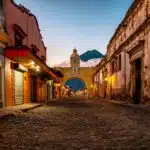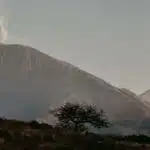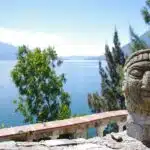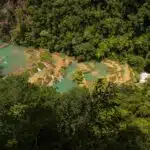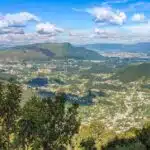Tikal, nestled in the lush rainforest of northern Guatemala, stands as one of the most awe-inspiring archaeological sites of the ancient Maya civilization. This monumental site invites visitors to step back in time and experience the grandeur of a once-thriving city through its towering pyramids, expansive plazas, and rich natural surroundings.
Majestic Pyramids and Temples
At the heart of Tikal’s allure are its towering pyramids and temples. Temple I, also known as the Temple of the Great Jaguar, is one of the most iconic structures in the complex. With its steep staircase and intricate carvings, Temple I was constructed to honor a prominent Maya ruler. Directly across from Temple I stands Temple II, or the Temple of the Masks, which offers stunning views of the Great Plaza and is renowned for its elaborate stone masks.
Another remarkable structure is Temple IV, the tallest of Tikal’s pyramids. This imposing temple provides panoramic views of the surrounding jungle and stands out for its impressive height and visibility. The scale and architectural sophistication of these temples speak to the grandeur and engineering prowess of the Maya civilization.
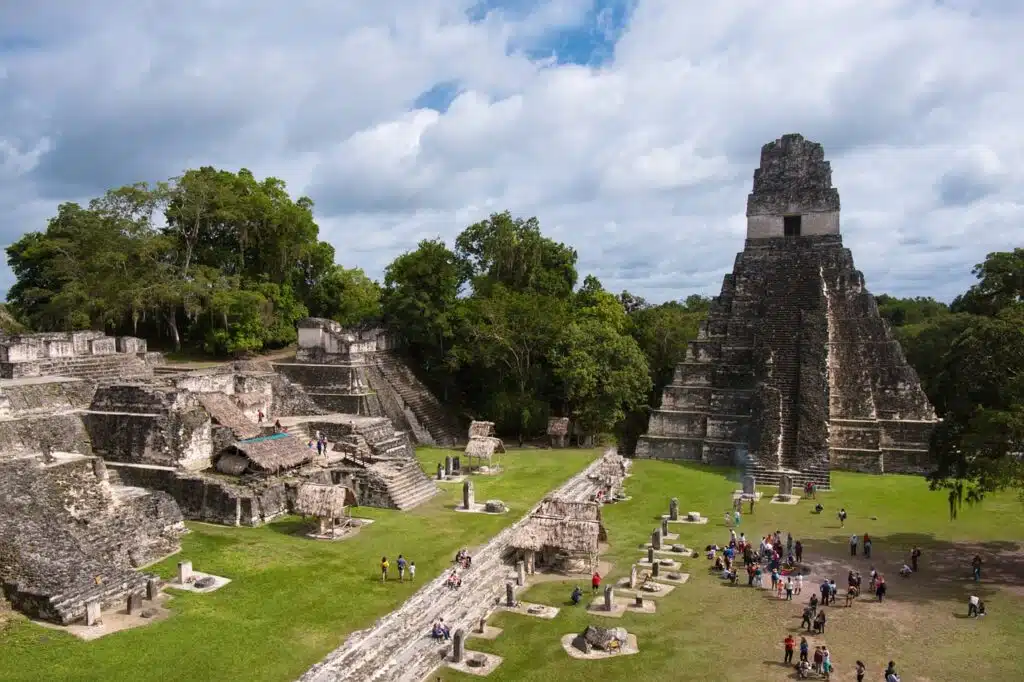
The Plaza Mayor and Surroundings
The Great Plaza, or Plaza Mayor, is the central hub of Tikal and serves as a focal point for visitors. This expansive ceremonial and administrative area is surrounded by significant structures, including Temple I and Temple II. Walking through the Great Plaza allows one to envision the bustling activity that once characterized this vibrant ceremonial center.
Nearby, the North Acropolis is an extensive complex featuring a series of temples and pyramids. This area was a major political and religious center in ancient times and includes several important structures and palaces. The Temple of the Inscriptions, located within the North Acropolis, is particularly noteworthy for its detailed inscriptions, which offer valuable insights into Maya governance and culture.
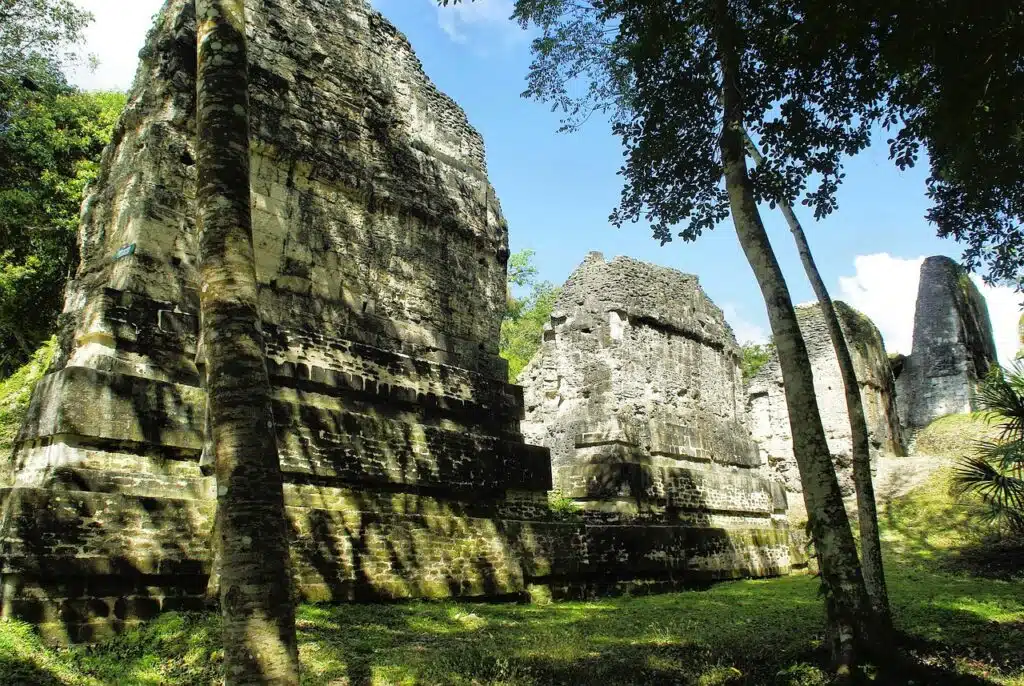
Wildlife and Natural Beauty
Tikal’s natural environment is as captivating as its archaeological treasures. The surrounding rainforest is teeming with wildlife, including howler monkeys, toucans, and parrots. The dense vegetation creates a stunning backdrop for the ancient ruins, and the park’s trails and viewpoints provide excellent opportunities to appreciate both the historical and natural beauty of the site.
Practical Tips for Visiting Tikal
The best time to visit Tikal is during the dry season, which runs from November to April. During these months, the weather is typically clear and pleasant, making it ideal for exploring the site. The rainy season, from May to October, brings more frequent showers and higher humidity but also results in fewer crowds and a lush, green landscape.
Tikal is located in the Petén region, approximately a 1.5-hour drive from Flores, the nearest city. Flores can be reached by air from Guatemala City or by road from other parts of the country. Many visitors choose to stay in Flores and make a day trip to Tikal. Guided tours are also available and can enhance the visit with detailed explanations and context about the site.
When visiting Tikal, it is advisable to wear comfortable, lightweight clothing and sturdy walking shoes due to the site’s extensive walking paths and uneven terrain. Additionally, bringing sunscreen, insect repellent, a hat, and plenty of water will ensure a more enjoyable experience.
Discover Tikal, Ancient Splendor
Tikal offers a mesmerizing journey into the heart of the Maya civilization. Its towering pyramids, grand plazas, and lush surroundings provide a unique and immersive experience that connects visitors with the ancient past while showcasing the natural beauty of Guatemala. Exploring Tikal is not just a visit to an archaeological site but an opportunity to experience the splendor and mystery of one of the most remarkable ancient cities in the world.

